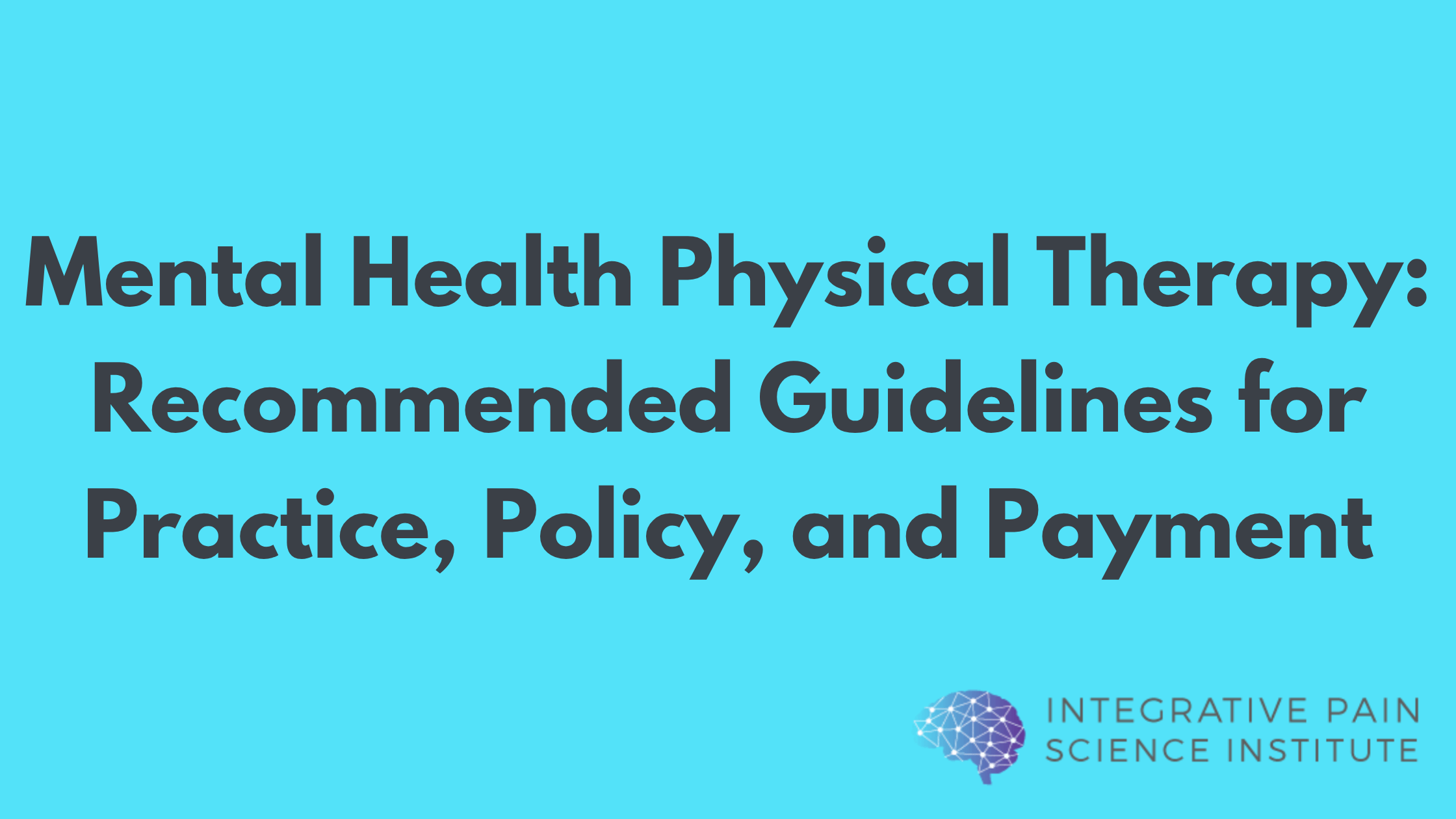I am psyched for the New Year. How about you? A friend recently asked about my resolution regarding my health for 2014. After a long discussion on everything from inhibited muscles to cholesterol levels. I realized it’s a challenge to keep up with all the moving parts required to increase your health and vitality!
Below is my 5 Pillar framework that I cycle through when I think about my physical health.
I hope this inspires you to be healthier in 2014!Rehab
I am a physical therapist in New York City. It’s a great city to people watch. Walking to work each day is a study on biomechanics and all types of musculoskeletal dysfunction. Many are unfortunately obese, limping and many can hardly get up/down a flight of stairs to the subway. Faulty posture, stiff joints, and muscle imbalance are obvious. I wonder how many might survive their exercise resolutions if they were injury and pain-free prior to beginning? Approximately 50 million American have arthritis and half of all American’s will have back pain in any given year. Add in the obesity and the 80 million baby boomers we are a society moving toward musculoskeletal decline. The new year is a great time to find the “OR” or “IST” of your choice and Rehab your body to a baseline of pain-free movement. You will have a better chance at conquering a fitness regime and be able to move about life with ease and freedom. The biggest myth is that we have no control over our musculoskeletal health and that we accept becoming less mobile and functional.
Remember, pain is your body telling you its time to dedicate yourself to healing!Rebuild
This is where we all want to be. Getting stronger, building endurance, flexibility, balance, and coordination. Start with educating yourself. Eighty percent of American’s do not get the recommended amount of exercise each week. If you are unfamiliar with the American College of Sports Medicine’s recommendations on fitness, read on. Chances are if your weekly program does not cover the below areas you are probably falling short on your physiological and neuromotor health.
Cardiorespiratory Exercise: At least 150 minutes of moderate-intensity exercise per week.
Resistance Exercise: Adults should strength train each major muscle group two-three days each week using a variety of exercises and equipment.
Flexibility Exercise: At least two or three days each week to improve range of motion.
Neuromotor Exercise: Proprioceptive exercise training and multifaceted activities including balance, agility, coordination, and gait.
To improve on the above you should add some high-intensity interval training (HIIT) into your program…but this will be difficult and a challenge if you are injured.Restore
Exercise is a stress on your body. If done with the correct progression and intensity it’s a good stress! It not only make your muscles, joints, and bones stronger but can improve the function of all the major physiologic systems in your body. Spending time to Restore is the silent secret many miss. Make sure you are getting 8-9 hours of sleep while you are starting a new program of exercise or rehabilitating from an injury. Your brain secretes restorative hormones as you sleep. Optimal sleep will lead to optimal restoration. Get a Fitbit and track your sleep. You can track how many hours as well as the quality of your sleep – identifying the number of times you wake or are restless. Better still, begin a daily meditation practice of 10-20 minutes, which can decrease your stress hormones and improve your ability to bounce back from both the mental and physical stress.Refuel
All resolutions take energy. To Refuel yourself you need the proper micro and macronutrients. Nutrition is a huge topic. Focus on eating a mostly whole food, plant-based diet with a large base of fruits, vegetables and drink plenty of water. Try and maintain animal protein to less than 30% of your diet. Need more study on this topic? First, read the Blue Zones by Dan Buettner on how those who live to the ripe age of 100 eat and live. Also, check out The China Study by T. Colin Campbell & Thomas M. Campbell II. The science and statistics will blow your mind and make you instantly look at your food choices differently.Review
This is the most important pillar to understand. The above system of Rehab, Rebuild, Restore and Refuel is not a necessarily a linear process. We need to Review each category daily, weekly and monthly. You may spend more time in one category than another depending on your physical health and aspirations. Most of us need to spend a percentage of time in each category to reach optimal health. Someone who is obese with severe arthritis may spend the majority of their efforts in the Rehab and Refuel categories, learning how to recover from their injury and eat properly. If you are training for a marathon you will be working in all categories. Due to the rigors of training, you will spend the majority of time in the Rebuild, Restore, and Refuel categories… although a few techniques in the Rehab category will be of benefit so you stay injury free!
This website uses cookies so that we can provide you with the best user experience possible. Cookie information is stored in your browser and performs functions such as recognising you when you return to our website and helping our team to understand which sections of the website you find most interesting and useful.



